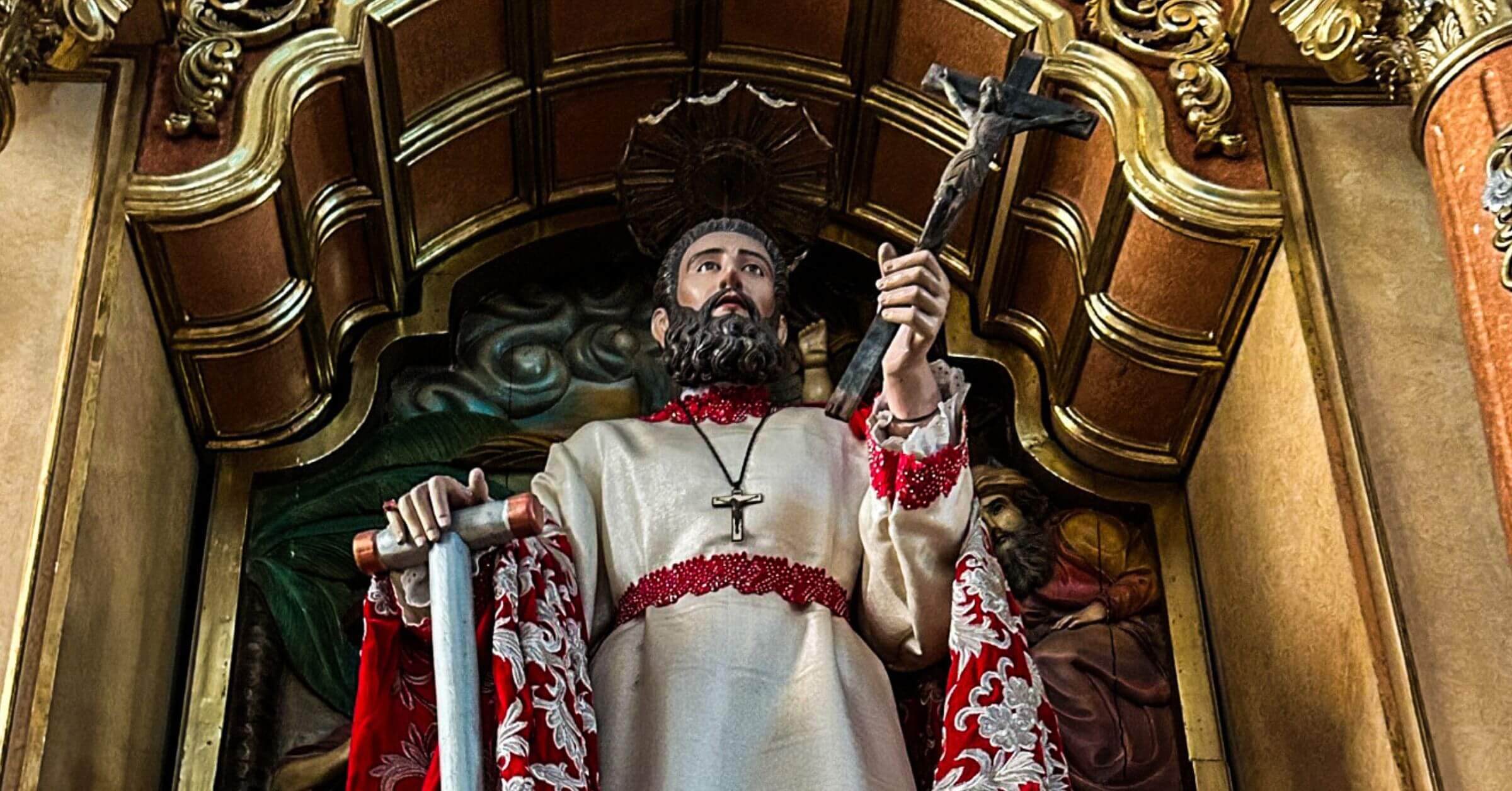On this day 458 years ago, Miguel Lopez de Legazpi took control of Cebu and, as was the practice of Spaniards, placed it under the patronage of the saint commemorated on that day – Saint Vitalis of Milan or San Vidal.
Also on that day, another religious event took place with far more historical impact, the discovery of the image of the Sto Niño in a burnt hut.
Today, Cebuano faith can be defined by the fervent devotion to the Sto. Niño and profound unawareness, rejection even, of San Vidal.
Cebu priests, including a bishop and several monsignori, all say in various interviews that St. Vitalis of Milan is patron saint only of the Cebu Metropolitan Cathedral. Historians and historical accounts, however, say that St. Vitalis is patron saint of Cebu City or the old Ciudad de Cebu.
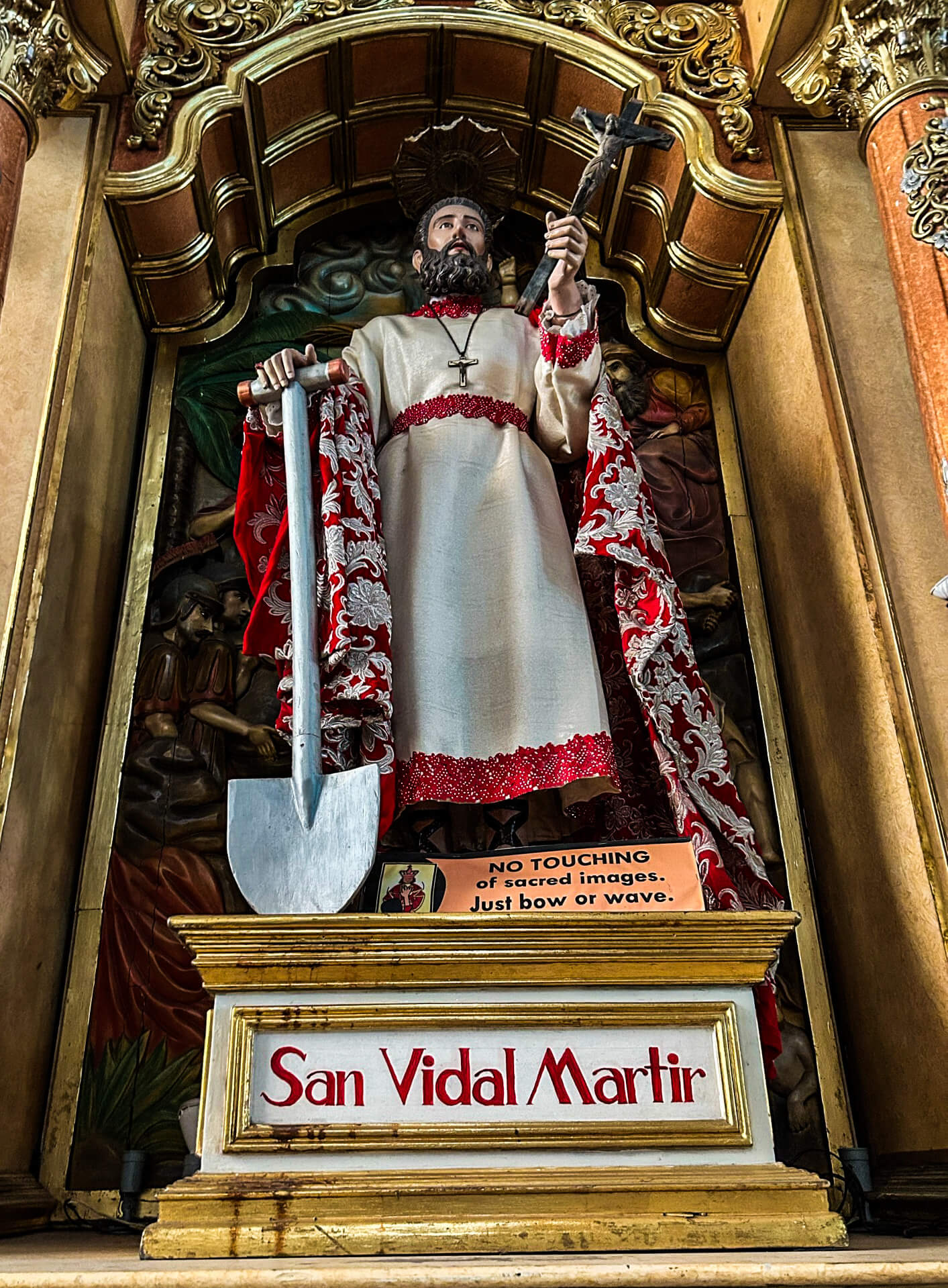
There is confusion on this point, Dr. Resil Mojares said in his book, “The Feast of the Santo Niño.”
Mojares, according to a paper by Dr. Michael Cullinane, “observes that most Cebuanos today are unaware that he was and is the patron of Cebu City and a titular saint of the cathedral, a reality that indicates that ‘a popular devotion to the saint did not develop.’”
San Vidal was widely celebrated and his feast day was a major civic and religious affair during Spanish times in Cebu, Cullinane wrote in his paper “In the Shadow of the Santo Niño: San Vidal’s Sojourn in Cebu City, 1565–2018.”
Today, few people know him and the religious organization that advocates for his cause, the Cofradia de San Vitalis, counts a membership of only about 30 mostly older parishioners based at the cathedral.
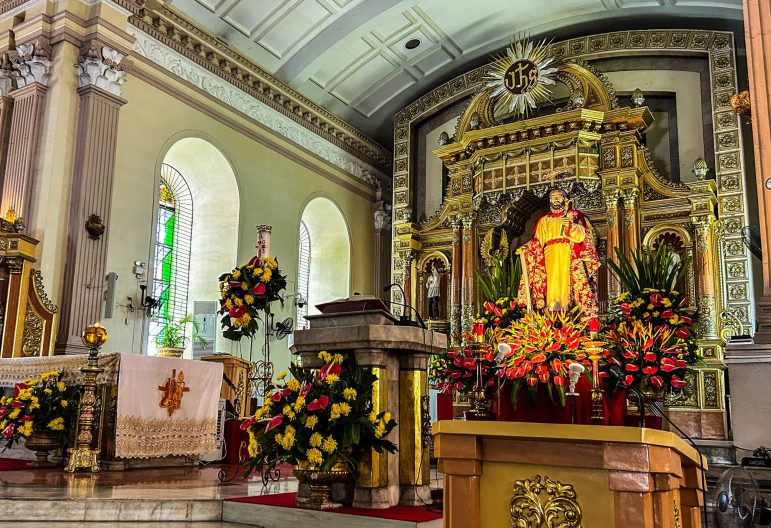
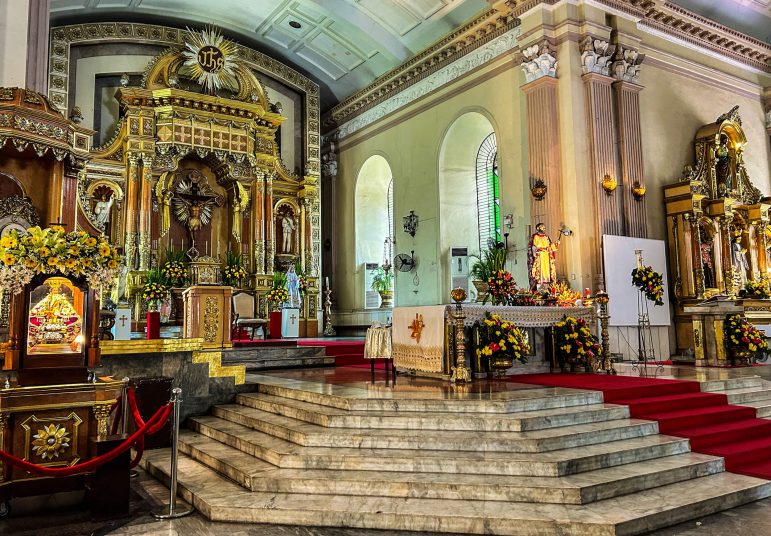
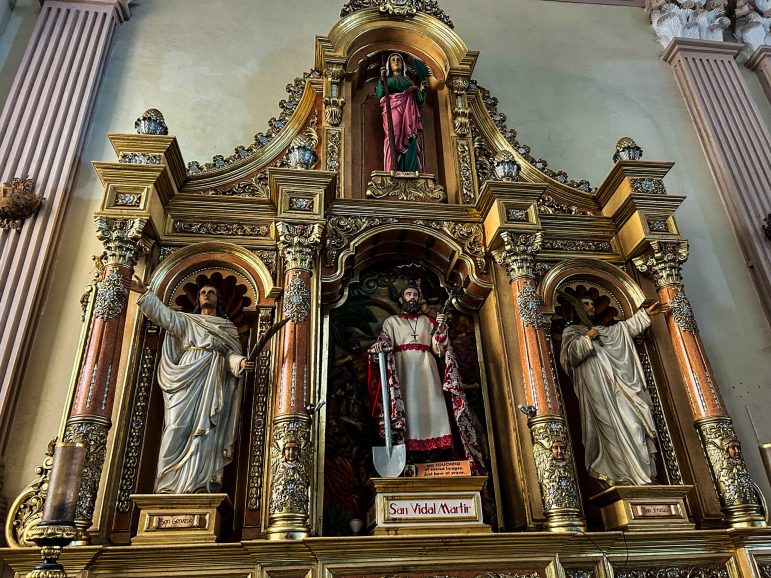
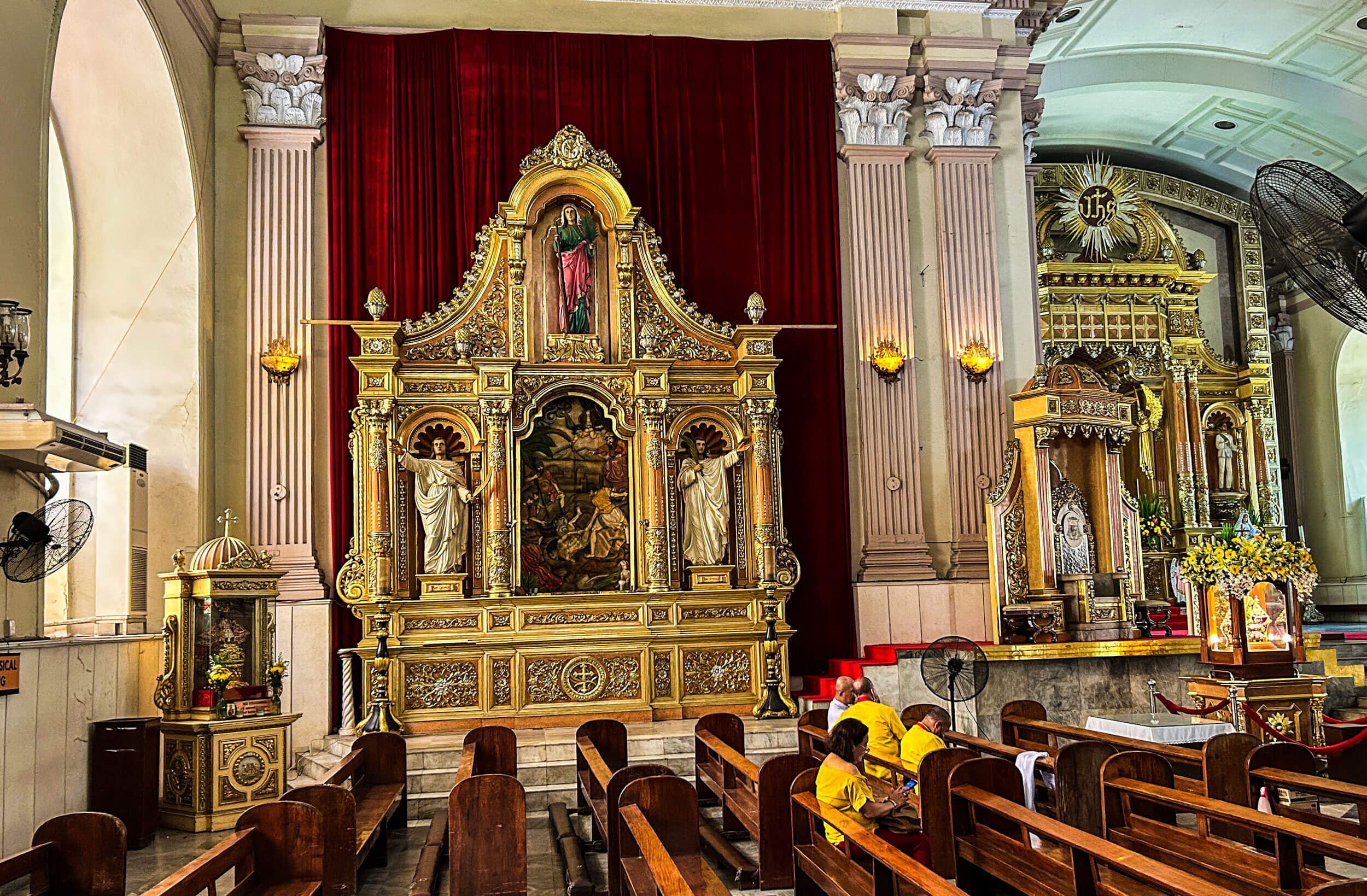
But San Vidal, whose status as patron has always depended on the advocates in the diocese, now counts at least one top church official as being behind his cause, the Auxiliary Bishop Ruben Labajo. He was key in the move to revive his devotion, organizing the Cofradia de San Vitalis.
As part of his devotion, Labajo visited Basilica di San Vitale in Ravenna, reportedly built on the site of San Vidal’s martyrdom. They only talk about the architecture and not the life of St. Vitalis there, Labajo said in an interview.
Labajo said the late Cebu Archbishop Ricardo Cardinal Vidal did not want to aggressively promote devotion to San Vidal because of the similarity of their names. People might misconstrue the move and think he is only pushing for the devotion because of the name.
San Vidal, referred to as the “glorious martyr” in several historical accounts, was said to be a wealthy citizen of Milan. He accompanied Judge Paulinus from Milan to Ravenna, where he encountered Saint Ursicinus being tortured. The saint was reportedly wavering and about to renounce his Christian faith when San Vidal encouraged him to be steadfast. After Ursicinus was beheaded, San Vidal gave him a Christian burial, which led to his discovery as a follower of Christ. San Vidal was tortured on the rack and then buried alive in Ravenna.
The references to burials – his giving Christian burials to martyrs and himself being buried alive – is the reason why his image carries a shovel, said Labajo. You can find an image of San Vidal at the cathedral. His statue is now placed near the altar for today’s fiesta, exposing the bas relief depicting his martyrdom that is normally covered when the image is at its usual place, the gospel side retablo that it shares with images of his martyr wife Saint Valeria and their two children Saints Gervasius and Protasius.
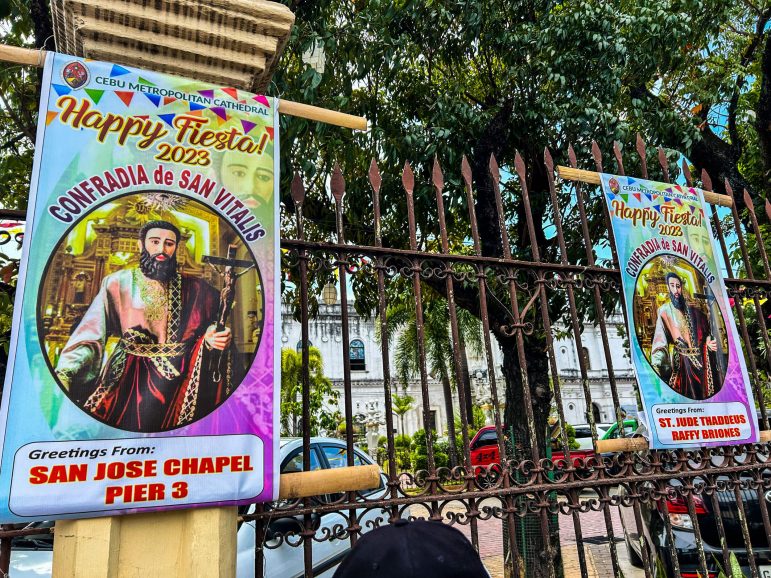
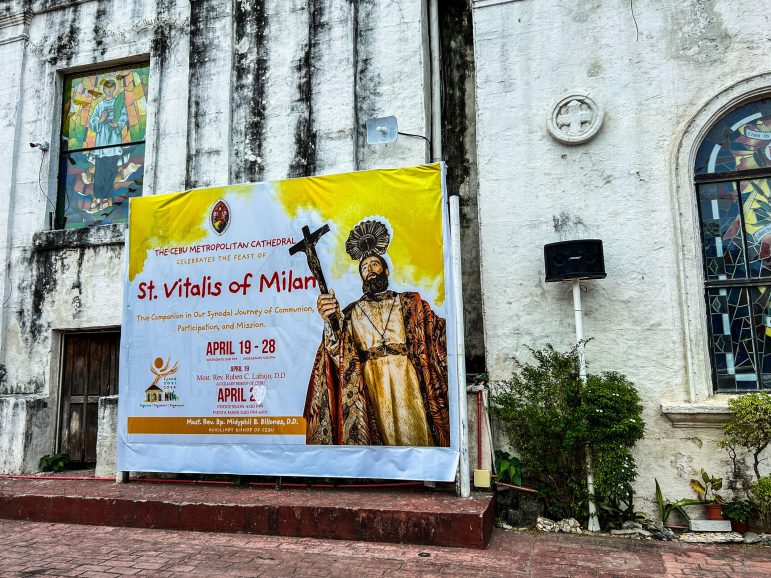
To honor San Vidal, the Cofradia de San Vitalis took as its apostolate the visiting of wakes of poor parishioners, including those killed during the bloody drug war under President Duterte, said Labajo. They offered prayers and donated snacks. The Cofradia also published comics to introduce the story of San Vidal to parishioners.
Several historical accounts refer to San Vidal as patron saint of Cebu City.
Breve Reseña de lo qu fue y de lo que es la Diocesis de Cebu en las Islas Filipinas, the much cited account of the church in the region published in 1886 by Felipe Redondo, described the cathedral as having the Guardian Angels as titular patron, with the “glorious martyr” San Vidal as patron saint of the city.
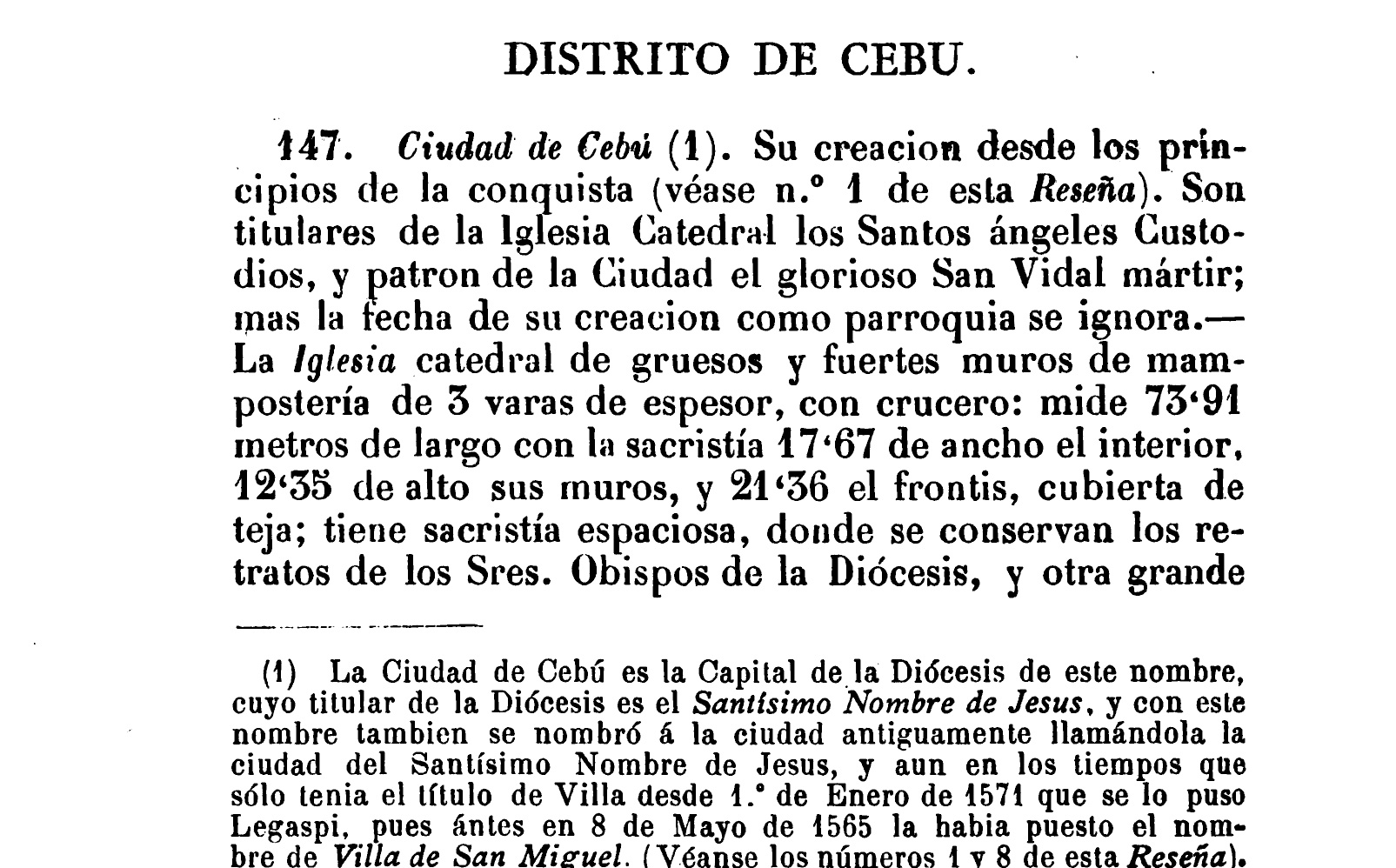
Bishop Juan Lopez told the Spanish king in 1665 that the church had a wooden statue of “the patron of the city, San Vidal,” Cullinane said, The statue, however, was already moth-eaten. Lopez also reported that the “Guardian Angels occupied the cathedral’s altar.”
Cullinane summarizes the complicated situation in his paper published 2019. He wrote that in 1598, the first bishop of Cebu, “Bishop Agurto administered a diocese named after the Santo Niño, a parish dedicated to San Vidal, and a church dedicated to the Holy Guardian Angels, with all these sacred personas located in a city dedicated to San Vidal as its patron, but generally referred to as the Ciudad del Santísimo Nombre de Jesús.”
Jesuit Fr. Pedro Chirino wrote that in around 1600, Cebu venerated the Sto. Niño on the “day of the glorious martyr San Vidal . . . which that city has as its patron,” Cullinane wrote in his paper.
It was only in 1721 that a feast day was designated for the Sto. Niño.
The territory is at the center of the questions on San Vidal’s patronage. Fr. Marion Mejia said San Vidal was patron of the Villa San Miguel established by Legazpi. He said the Guardian Angels are named as patron of the cathedral should be thought of as Guardian Angel, singular, in reference to San Miguel. Mejia said in an interview that the territorial coverage of San Vidal’s patronage has shrunk to the territory of the Cebu Metropolitan Cathedral.
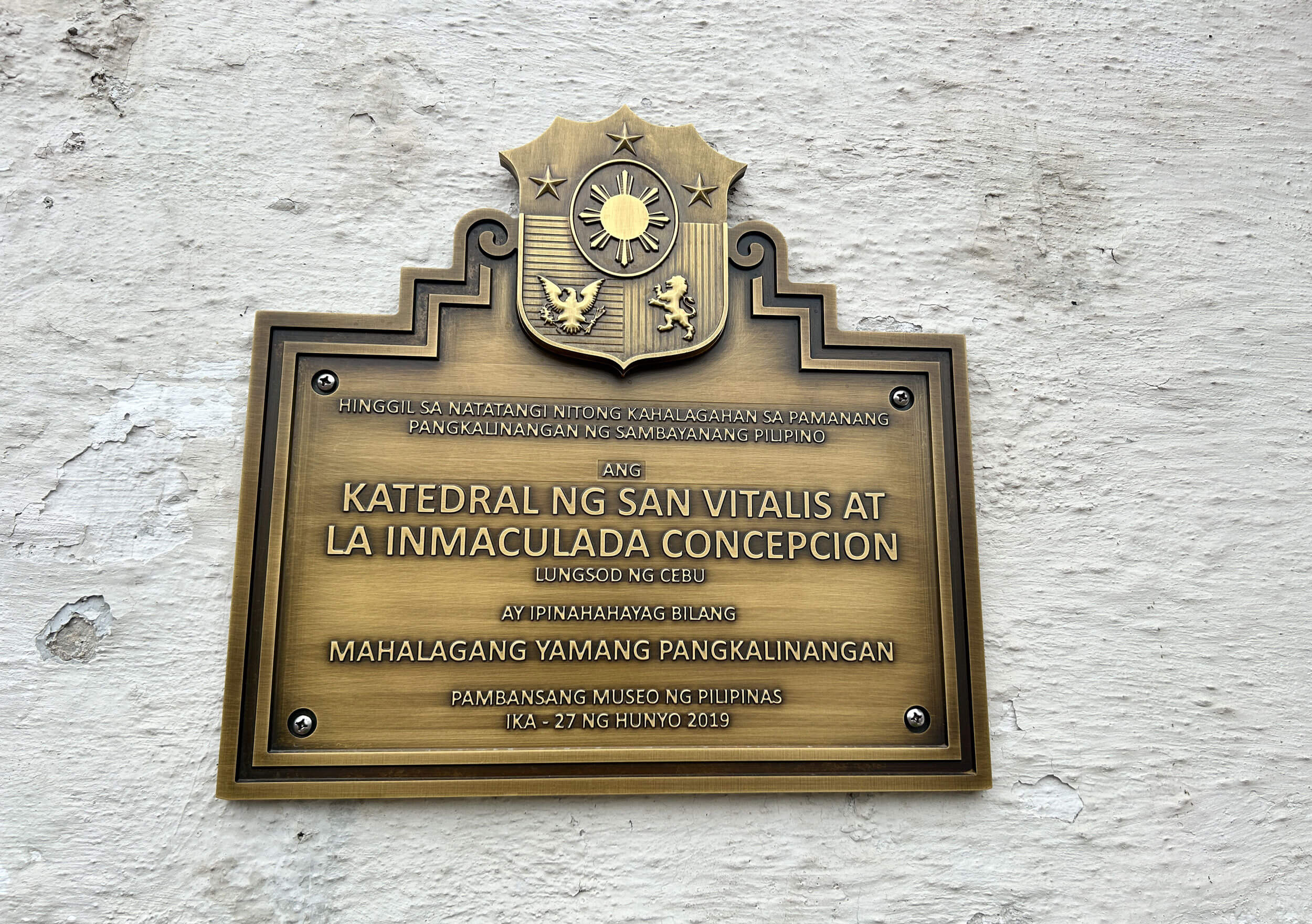
“The place of San Vidal in Cebu’s long past is confusing,” Cullinane said in an email interview.
“The religious jurisdictions of San Vidal as a “patron saint” have changed over the past 457 years since his arrival in Cebu. For some time, he was patron saint of Legazpi’s so-called city (the Spanish quarter), but until the 17th century an urban parish was largely an undocumented territorial entity.
“When the Cathedral emerged with the first bishop (1595), he presided over the earliest Cathedral (not a stone church, but as a chapel of materials ligeros). By 1614 the “city” was divided into two parishes, one in Parian-Lutaos (extramuros, under San Juan Bautista), with the inner city remaining under the Cathedral with jurisdiction over the inner core of the city (San Roque, Maoco, increasingly Pampango, and into Tinago), placed under San Vidal.
“In 1849 Parian-Lutaos was suppressed as a parish and eventually (late 1870s) the church was destroyed, leaving Cebu City (again) with only one parish that now presided over both the so-called extramuros and the inner city (proclaimed but never consolidated under the ancient Legazpi). After 1849, San Vidal was technically the patron saint of the city, presiding at the Cathedral, but increasing competition emerged from other saints promoted by Spanish bishops that moved San Vidal to near obscurity.
“Devotions to Santo Rosario and Inmaculada Concepcion gained major followings moving the not very popular San Vidal to languish in the Cathedral with very few advocates. This changed again in 1890, when Cebu City inaugurated its Ayuntamiento. This ruling body adopted San Vidal as the patron of Cebu City and elevated devotion to him both in civil and religious ceremonies.
“For the short period from 1890 to 1898, San Vidal was both patron saint of the Cathedral (where other saints were also propitiated) and patron saint of the City of Cebu. This ended during the revolutionary period (Kagubut and the war with the Americans – 1898-1902), in part because San Vidal was viewed as being more closely associated with Spanish rule,” Cullinane said.
The devotion to the Immaculate Conception found its way to the Cathedral through Bishop Benito Romero de Madridejos. The Bishop, according to Cullinane, “identified with her devotion and moved the veneration and feast day to the cathedral, the seat of his diocese.”
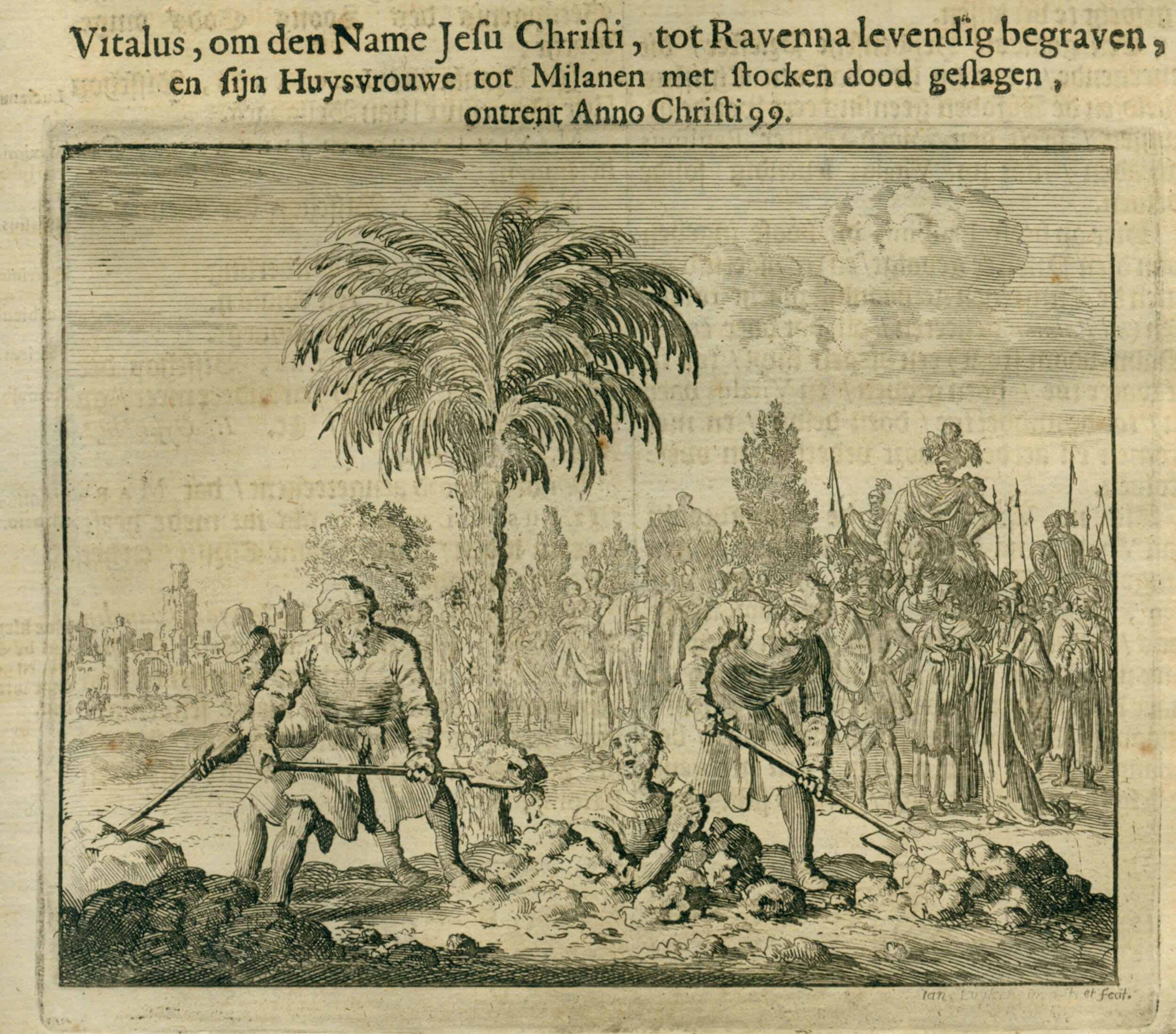
Just last Saturday, the National Museum of the Philippines installed a marker recognizing the cathedral as an “Important Cultural Property.” The marker named the cathedral as “Katedral ng San Vitalis at La Inmaculada Conception.”
But in his 2019 paper, Cullinane said the cathedral “is known as the Metropolitan Cathedral and Parish of Saint Vitalis and the Guardian Angels (in Spanish: Catedral Metropolitana y Parroquia de San Vidal y los Ángeles Custodios).”
“A distinction has been made that the cathedral was “consecrated” to the Holy Guardian Angels and “dedicated” to San Vidal. In the twentieth century, both have been named “patron” at one time and “titular” at other times. These ecclesiastical distinctions remain largely ambiguous and have not been applied consistently.”
These discussions on patronage are “muddled,” as Cullinane said.
What is certain is that San Vidal today is an obscure patron saint, overshadowed by the Sto. Niño. Even his feast day is dimmed by the Kaplag celebration that commemorates the discovery of the Holy Child.
Marcelina Pugoy, who sells religious images near the cathedral, said images of the Santo Niño are popular and the top sellers. They don’t have one of San Vidal but they can carve a statue based on your image or copied from the icon at the cathedral. It’s more expensive, Pugoy said in an interview.
Pugoy has been selling religious icons at the cathedral since the 1970s and has only sold one statue of San Vidal – to then Monsignor Labajo when he was still assigned at the cathedral.
Pugoy sells religious images across the Chancery of the Archdiocese of Cebu, which is located in a building named, at Labajo’s suggestion, after St. Vitalis.

